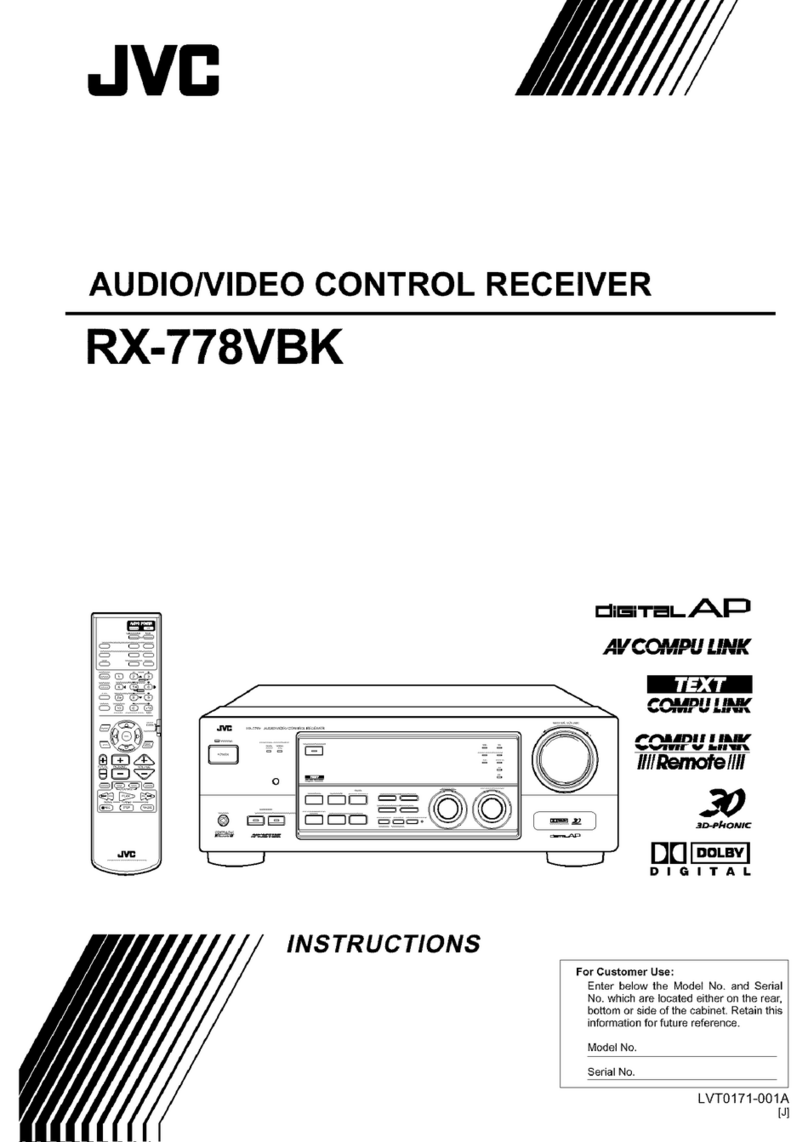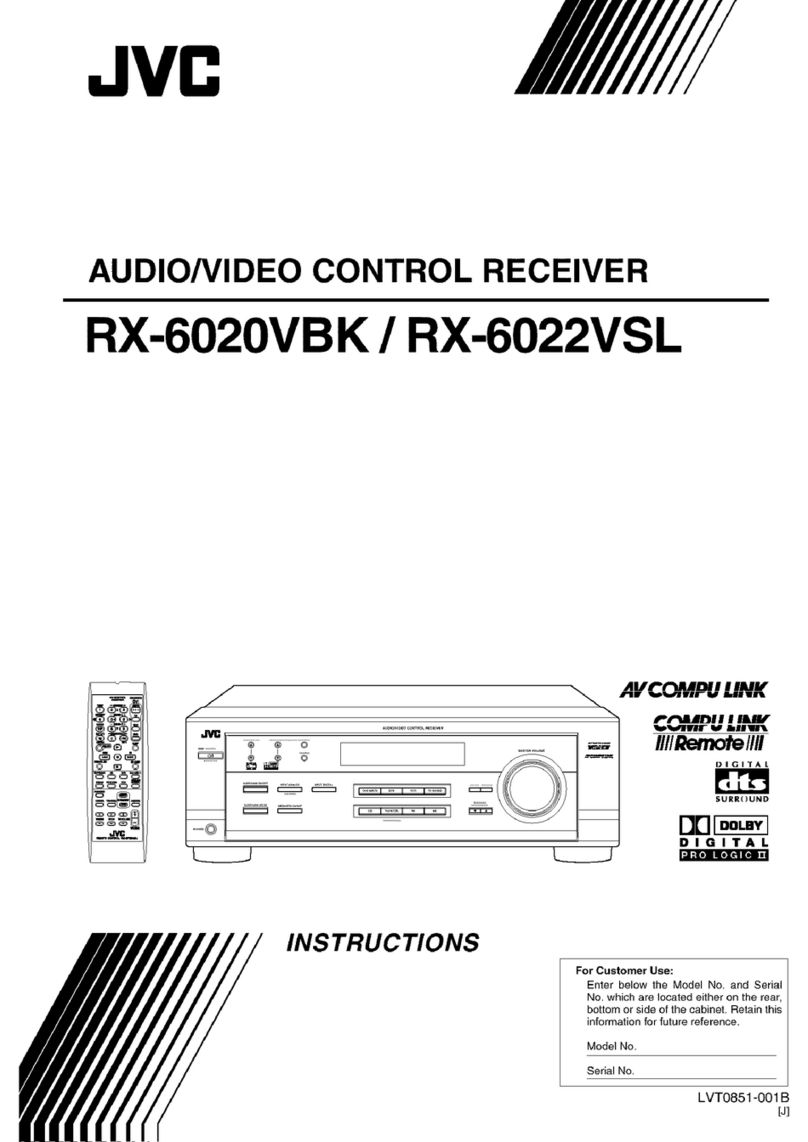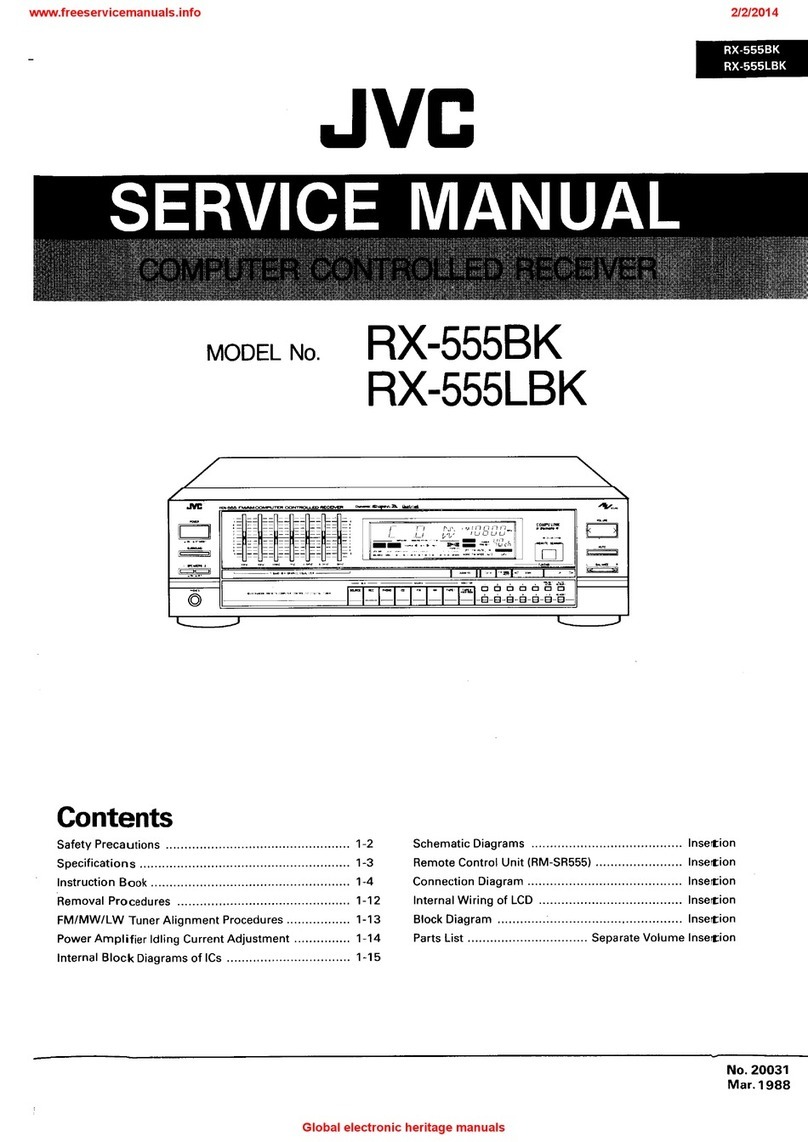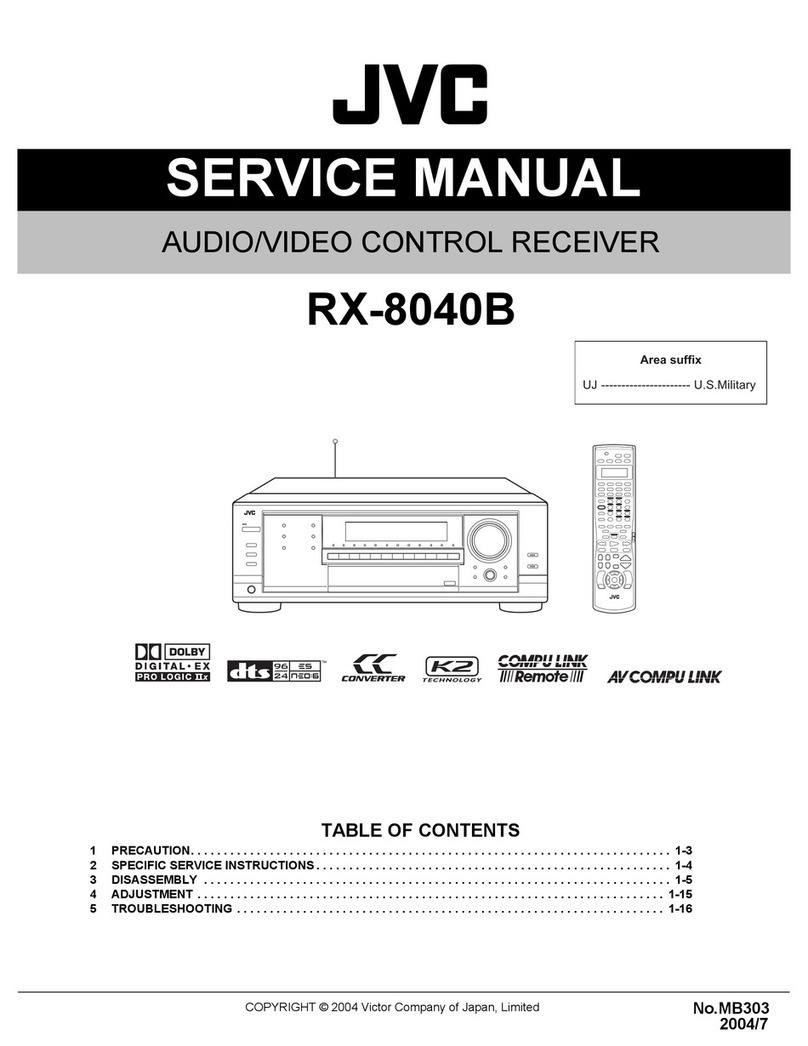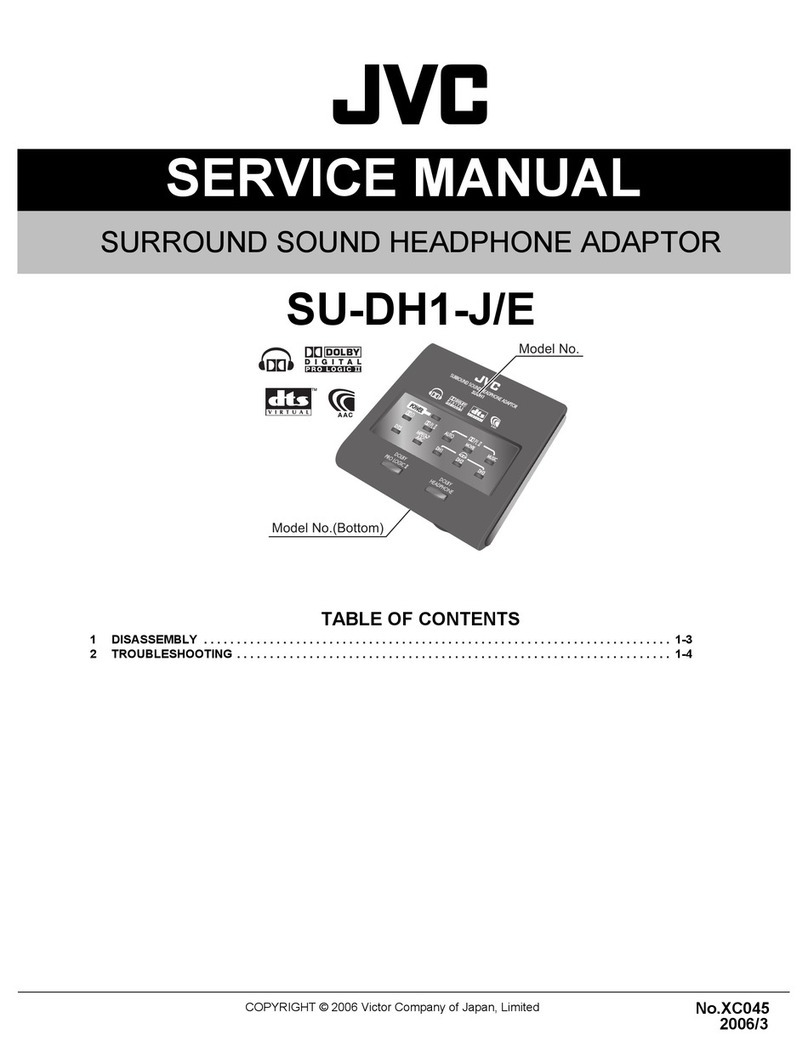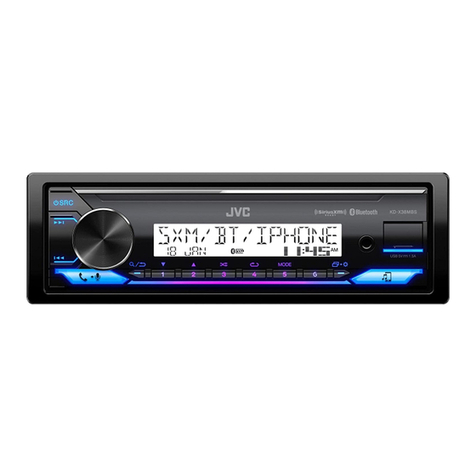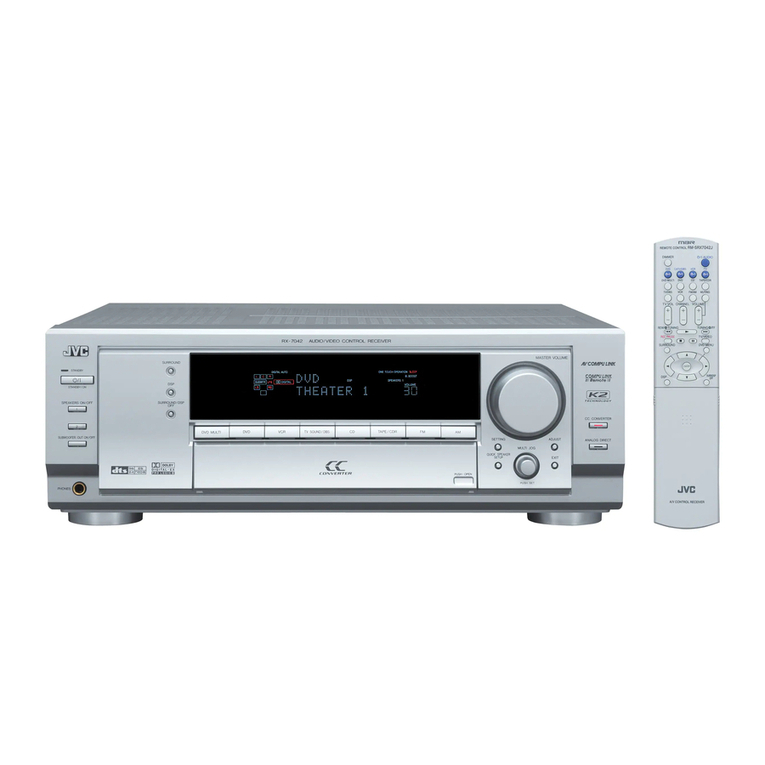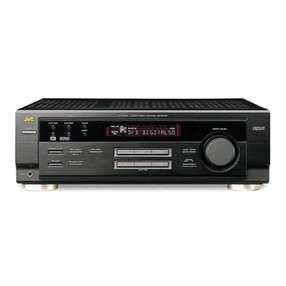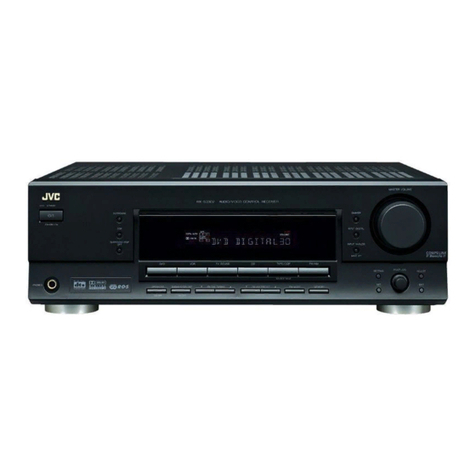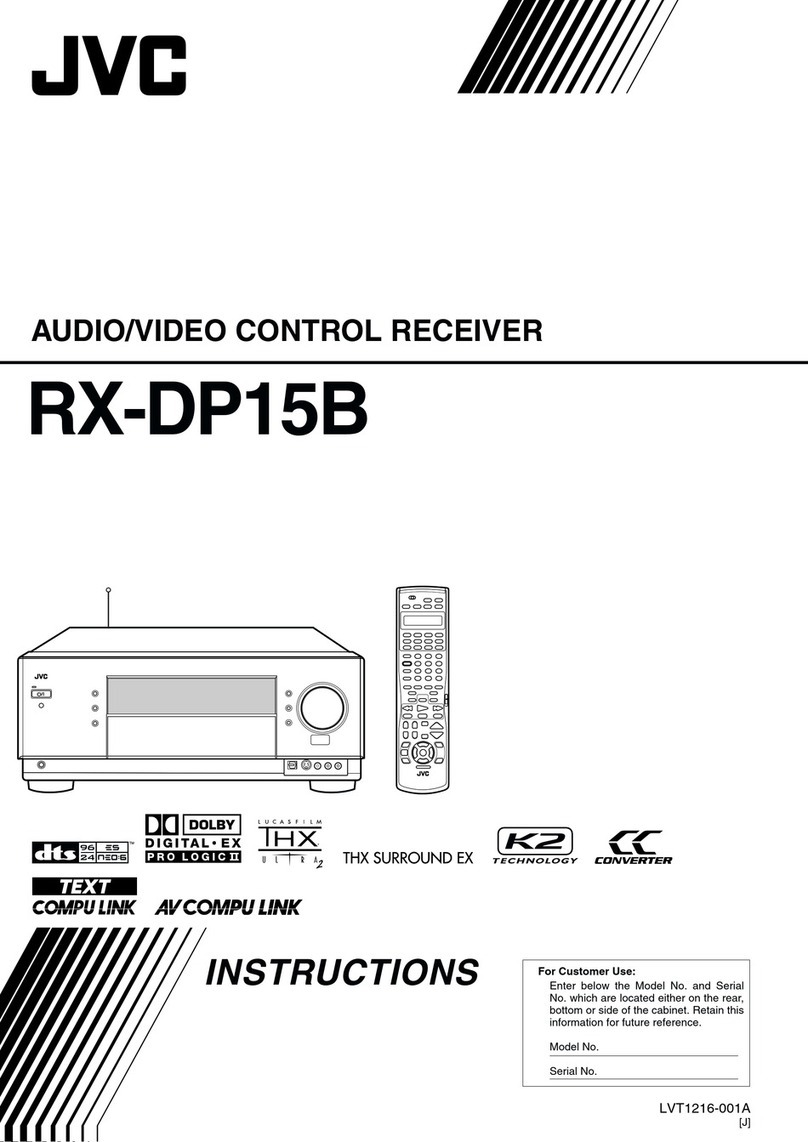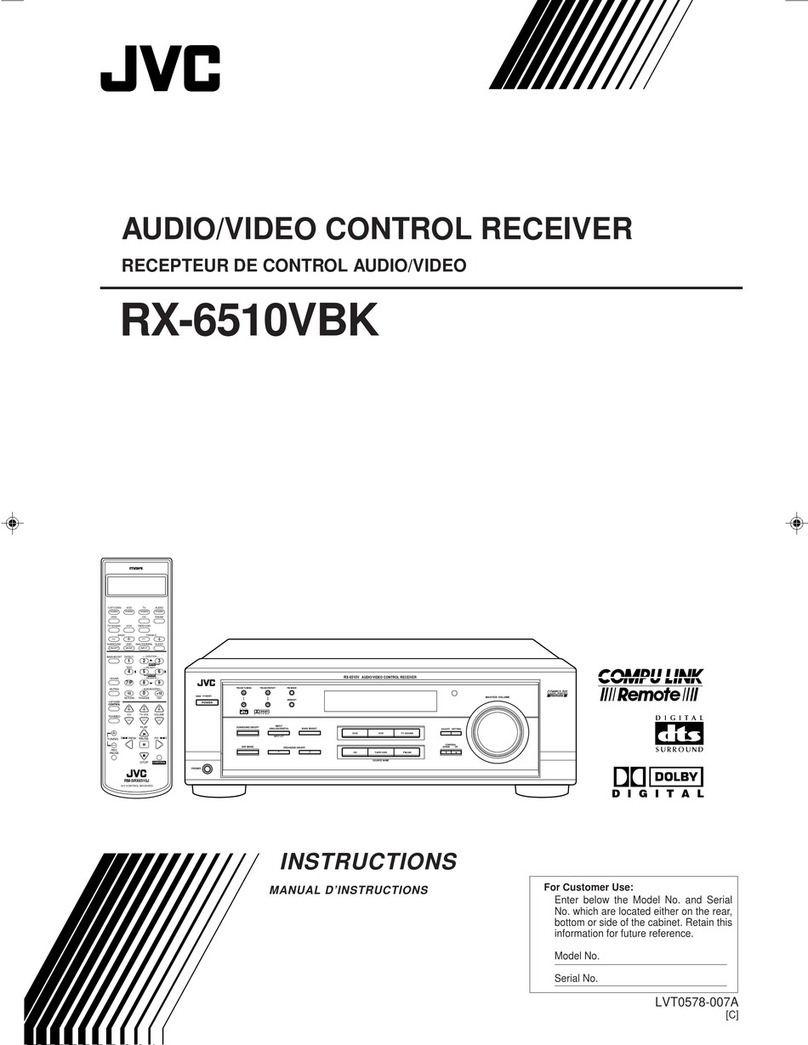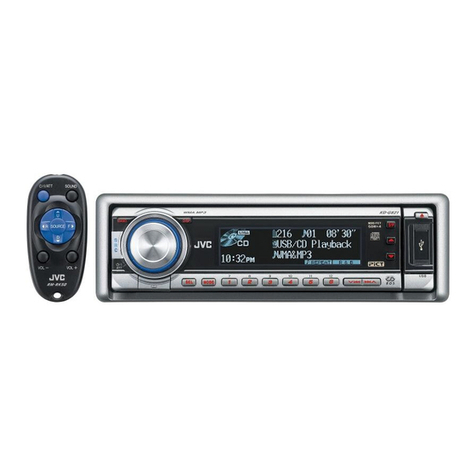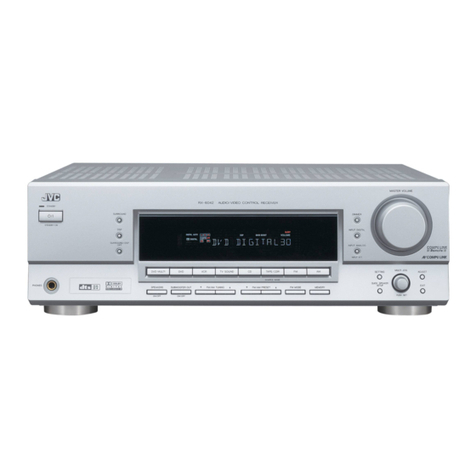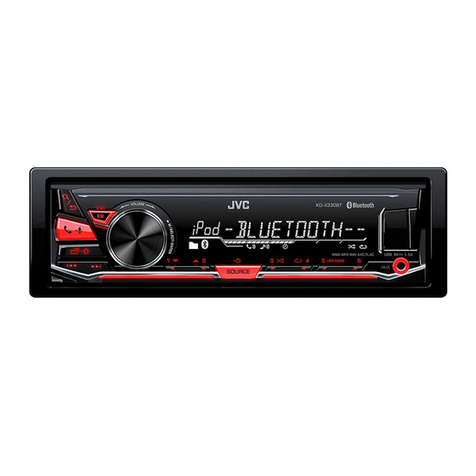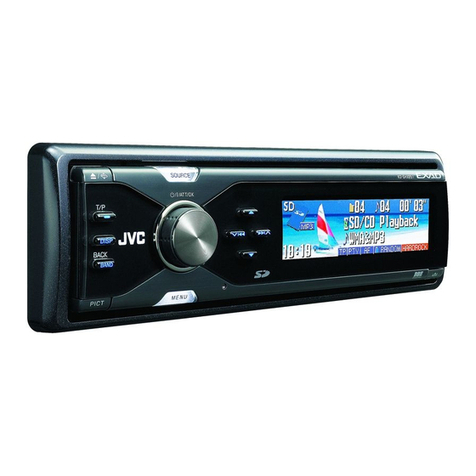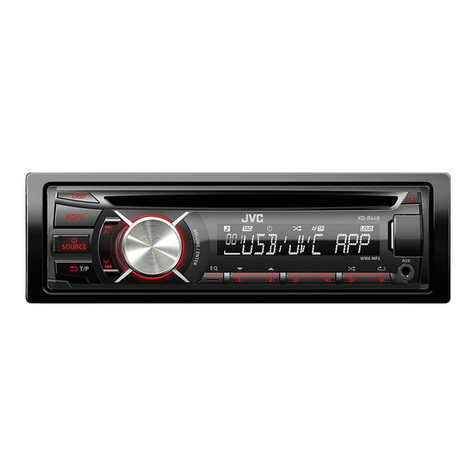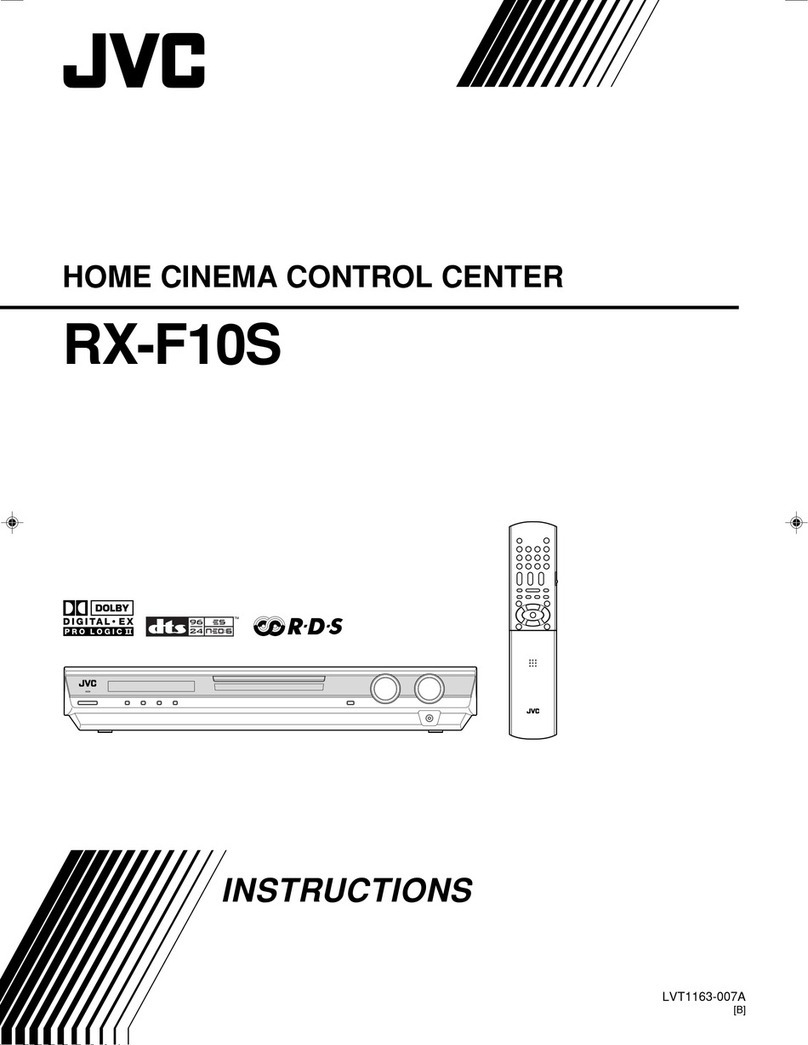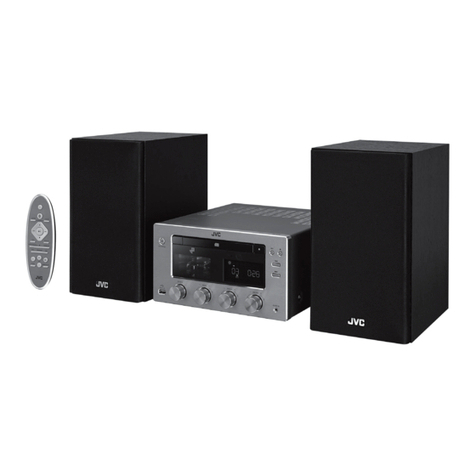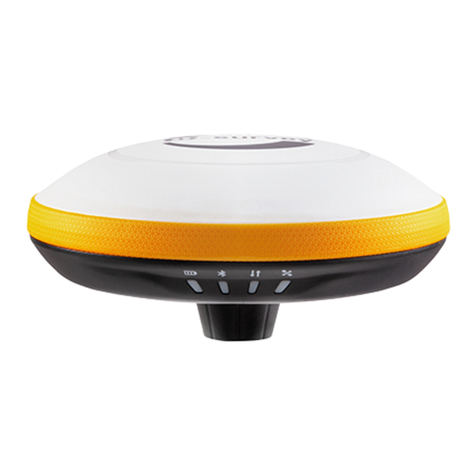Listening to Radio Broadcasts
. t;:l
-- I t----1 |
L*lll
ffi
Selecting an AM or FM Station
O Turn
the
receiver
on
@ Press
the
AM or FM
SourceSelectbutton.
. lfyoupressed
theAM SourceSelectbutton,
AM and
kHz
appear
inthe
Tuner
Display
Window.Thereceiver
tunes
in
the
lastAM frequency
thatwas
played
lfyoupressed
theFMSourceSelectbutton,FMandMHz
appearinthe
Tuner
DisplayWindow.Therecervertunesin
thelastFMfrequency
thatwas
played.
O Use
theTUNINGkey
tofind
the
radiofrequency
you
wantto
listen
to.Presstherightsideofthekeytofindhigherfrequen-
cies;
press
theleft
sideofthekeytofind
lower
frequencies.
When
yourelease
the
TUNINGkey,
the
receiver
auto{unes
until
it
tunesa stationin.Youcanstopauto{uning
by press-
Ing
any
tuner
button.
TheTUNEDlndicator
lightswhenthereceiveris
tuned
oreciselv
to eitheranAM or FMstation.
Note: Tapthe TUNING
keymomentarilytochange
thefre-
quency
tn steps
of 10kHzfor
AM and0.1MHzforFM.
Hold
the TUNINGkeydownto changethefrequencyfaster,
then
tAn thq ko\/ tn cpt lho froar tanav nroaicaltt
lmportant! lf thereceiveris tunedtoa statton
but the TUNED
lndicatordoesn'tlight, try adjustingthe antenna
for better
reception.
When
you
tunetoan FMstation,thereceiver
automatically
plays
instereo;the
STEREOindicatorandtheAUTOindicator
arelighted.
@ Press
the
FM
MODE/MUTEbutton
whenlisteningtoanFM
station
with
a weakor noisysignal.Receptionwil be
improved,although
you
willbe
listening
to
monaural
(non-
stereo)sound.
TheSTEREO
indicator
andthe
AUTOindicator
disaooear.
Presetting an AM or FM Station
Vnrrnan ^rocar . tntSl
gf 40 radiOStatiOnS
intO
the reCeiver'S
memory.
You
preset
a stationbyassigning
it
a channel
number
(1
to40) Oncea station
has
been
preset,you
can
tunetothatstationusingtheNumerickeysratherthanthe
TUNINGkey.
(See UsingNumerrcKeys
' onpage
1
1.)
Q Turn
the
receiver
on.
@ PresstheAM ortheFM
SourceSelect
button,
O UsetheTUNINGkeytotune
in
theradiostation
you
wantto
Dreset.
@ Press
theMEMORYbutton.
TheMEMORYindicatorlights
and- - CHappears
(- -
blinks)
in
theTunerDisplayWindowforabout
five
seconds.
@ UsingtheNumerickeys,enterthechannel
number
(1
to
a0)
you
want
to assrgntothestatron.
ThechannelnumberappearsintheTunerDisplayWindow.
lmportant! Youmust
enter
thechannelnumberwhilethe
MEMORY
indrcator
is lighted.lf the indicator
turnsoff too
soon,press
theMEMORYbuttonandstartagain.
Repeat
theabove
process
to preset
additional
radio
stations.
Note: Preset
stattonsare held in the receiver'smemoryas
long as the receiver
is plugged in. lf the receiveris un-
plugged, or if a power fatlure
occurs,the receiverwillkeep
thepresetsfor two or threedays beforeerasrng
them.
P2^a 1n

